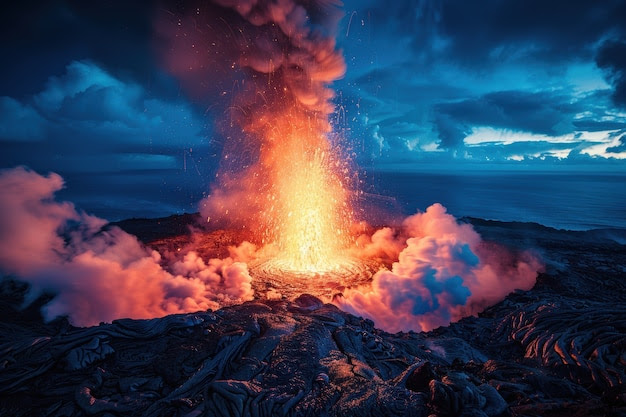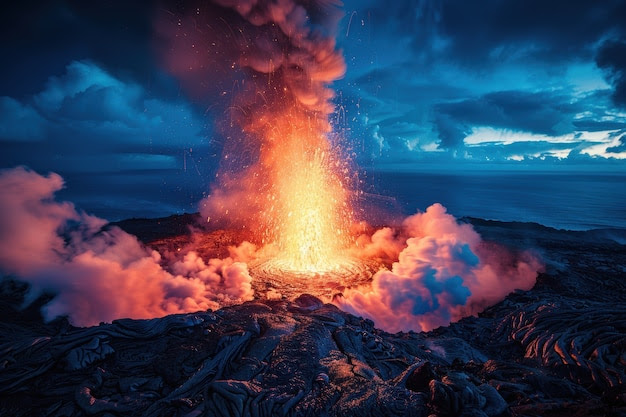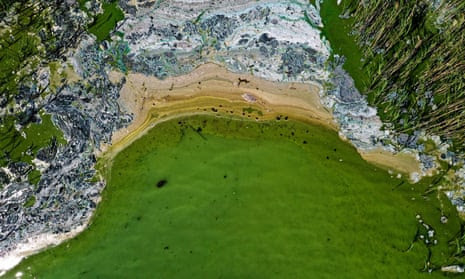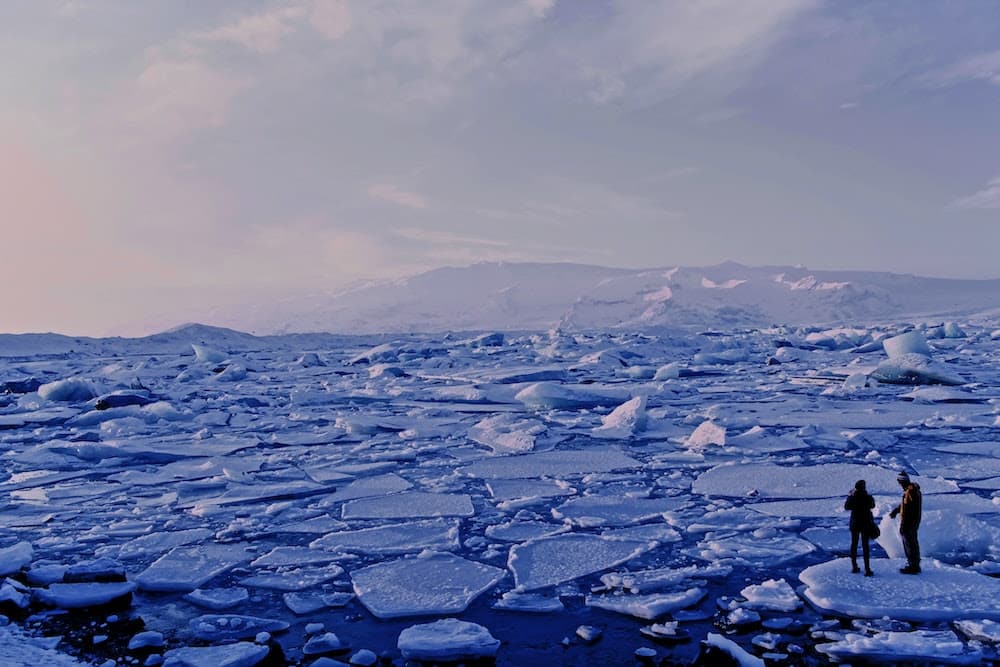
What influence do volcanic eruptions have on the climate?
Volcanic eruptions are impressive in their power and suddenness. But what impact do they have on the climate? To answer this question, we need to distinguish a whole spectrum of volcanic eruptions, as their intensity determines their climatic influence.
The most powerful are the gigantic volcanic eruptions known as “trapps”, from the Swedish trappa, meaning “staircase”, in reference to the basaltic staircase-like geological formations that accompany them.
These trapps occur very rarely, about every 60 million years. The last major trapp is the Deccan, in India. This was a succession of eruptions that occurred 66 million years ago and lasted 30,000 years.

The basaltic lavas covered an area of 15 million km2, half the surface area of India, an area that has contracted over time to 500,000 km² as a result of erosion and tectonic movements. The climatic and biological footprint of these traps is considerable.
In the short term, large quantities of CO2, but above all SO2 (sulfur dioxide) and a number of toxic gases, are released into the stratosphere, where they can remain for long periods without being washed out by rainfall. The sulfate aerosols emitted by eruptions, which remain in the stratosphere for around a year, reflect sunlight, resulting in a significant drop in temperature.
They also promote certain chemical reactions that destroy part of the atmospheric ozone. In the longer term, the erosion of basalt-covered surfaces, six to ten times faster than for granite, leads to a marked drop in atmospheric CO2, brought about by chemical reactions on the rock surface.

This event certainly contributed to the mass extinction at the Cretaceous-Tertiary boundary (65 million years ago), although the dominant process was the fall of an asteroid on the present-day Yucatan region of Mexico (Chicxulub crater).
Intense volcanic explosions, known as “super eruptions”, occur more frequently, such as the Toba eruption in Indonesia (Sumatra) 75,000 years ago, one of the largest of the Quaternary. The volume of material ejected is estimated at 2,800 km², a hundred times that of the Tambora eruption in 1815, which caused a year without summer on a planetary scale in 1816.
Immediately after the eruption, Greenland ice cores show an extreme concentration of volcanic dust and a cooling of a few degrees, followed by a more muted cooling for decades. But the global impact of such an eruption remains a highly controversial issue.
Less violent eruptions frequently occur, with a much smaller, localized climatic impact. For example, for the largest volcanic explosions of the last millennium, such as Samalas in 1257 or Tambora in 1815 (both in Indonesia), temperature reconstructions based on tree rings suggest a decrease of around 1°C in the global average over one year, mainly due to sulfate aerosols emitted into the stratosphere.

The 1991 eruption of Pinatubo in the Philippines was well recorded. A wealth of data is available to characterize its climatic effect on the ground, in the troposphere and stratosphere. The cooling it caused averaged no more than 0.2°C, but was amplified regionally, leading to marked drops in summer temperatures.
In addition to intensity, 3 factors modulate the climatic impact of a volcanic eruption: its capacity to inject gases and aerosols into the stratosphere, its geographical position and the season in which it takes place.
When ejecta (expelled lava fragments) remain confined to the lower atmosphere, they are rapidly washed out by the hydrological cycle, and their effect is short-lived. If they reach the stratosphere, their impact is longer and more intense. The location of the eruption and the season – and therefore the direction of the winds – also have a major influence on gas dispersion. For example, the eruption of a tropical volcano will have a far greater impact than that of a volcano nestled in Antarctica.
Notes
https://science.nasa.gov/climate-change/faq/what-do-volcanoes-have-to-do-with-climate-change
https://scied.ucar.edu/learning-zone/how-climate-works/how-volcanoes-influence-climate




